
Celebrating the summer solstice, the longest day of the year, Undersecretary for Energy Mark Sylvia (then Department of Energy Resources (DOER) Commissioner) and Department of Environmental Protection (DEP) Commissioner David Cash toured six solar investments across the Commonwealth from sun up to sun down. The tour made stops in Chatham, Barnstable, Pembroke, Worcester, Easthampton and Pittsfield, touting the installation of more than 10 megawatts (MW) of solar power on former landfills, and at wastewater treatment plants and drinking water facilities in those communities. The state’s comprehensive solar policies have led to growing deployment of solar power at homes, businesses, schools, parking lots and elsewhere. There is at least one solar installation in 350 of the 351 communities across the Commonwealth, totaling more than 615 MW, which is enough electricity to power nearly 94,000 homes.
View this complete post...













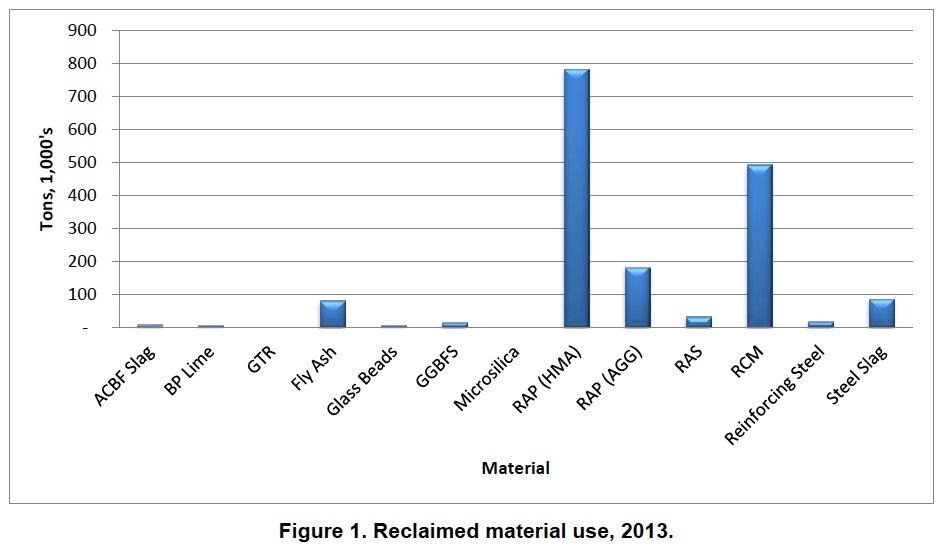

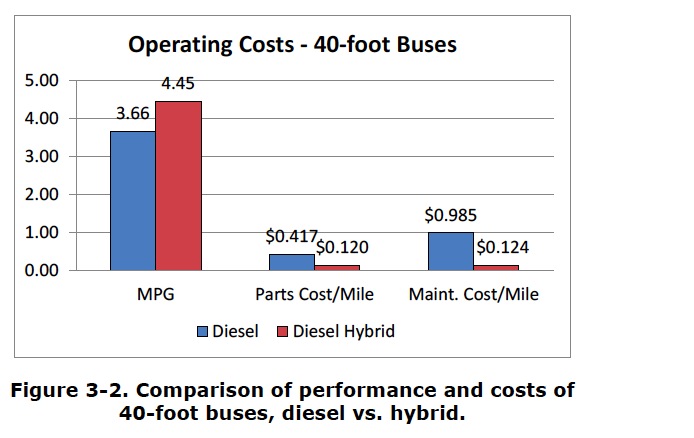
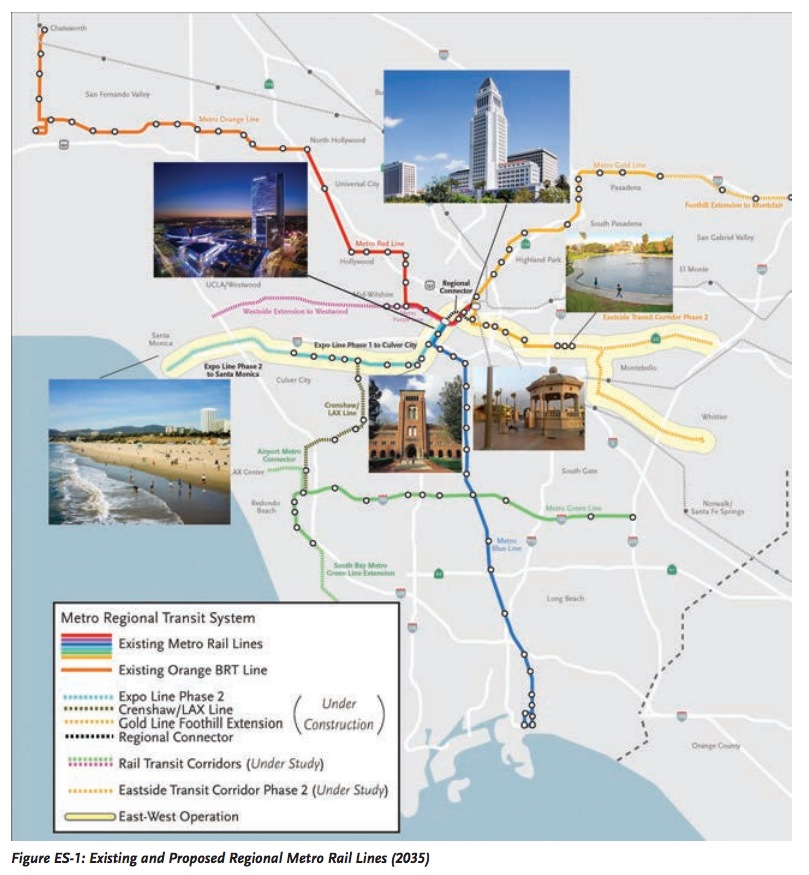
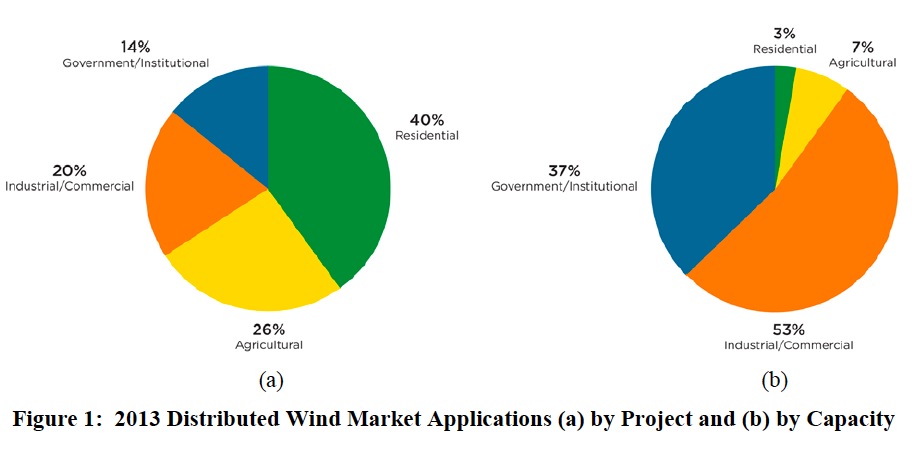
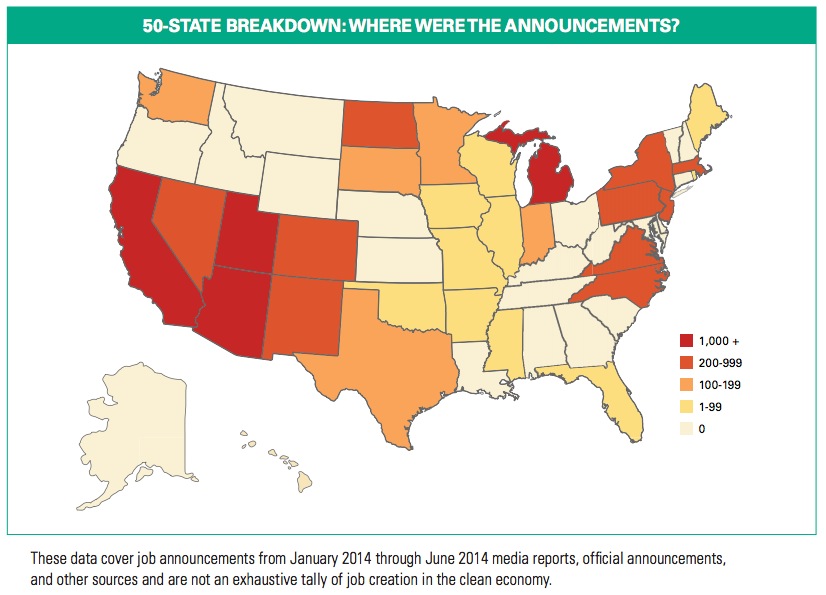

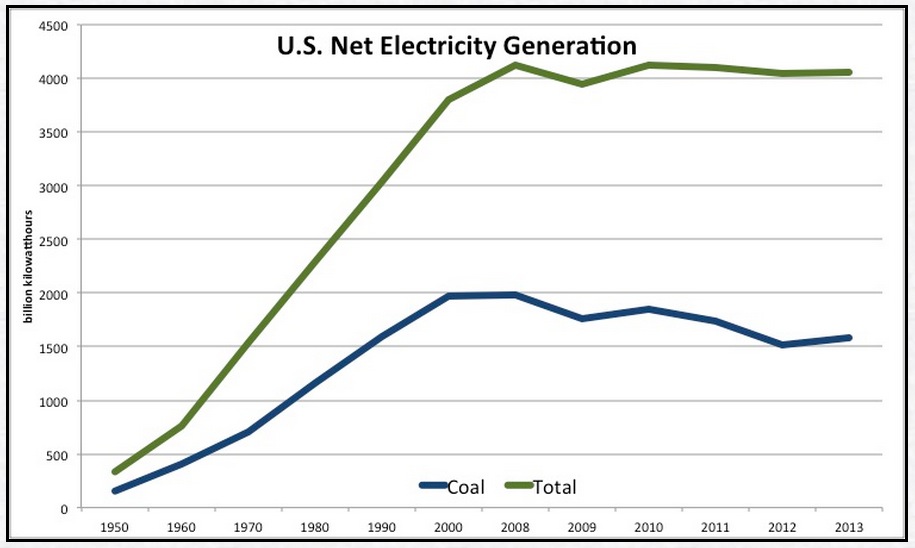
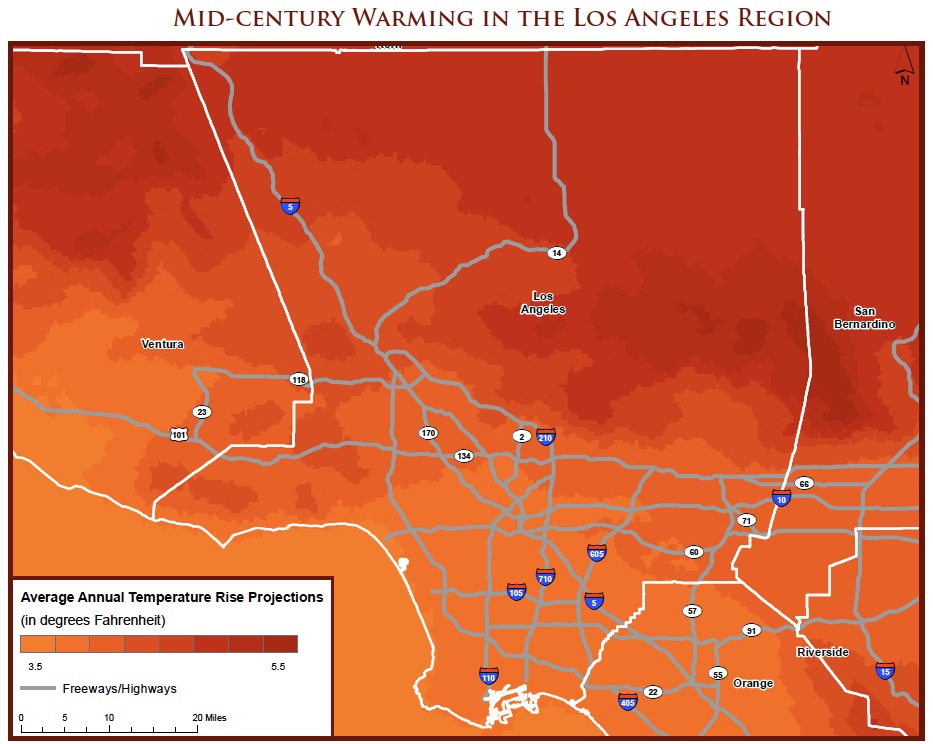

 RSS Feed
RSS Feed